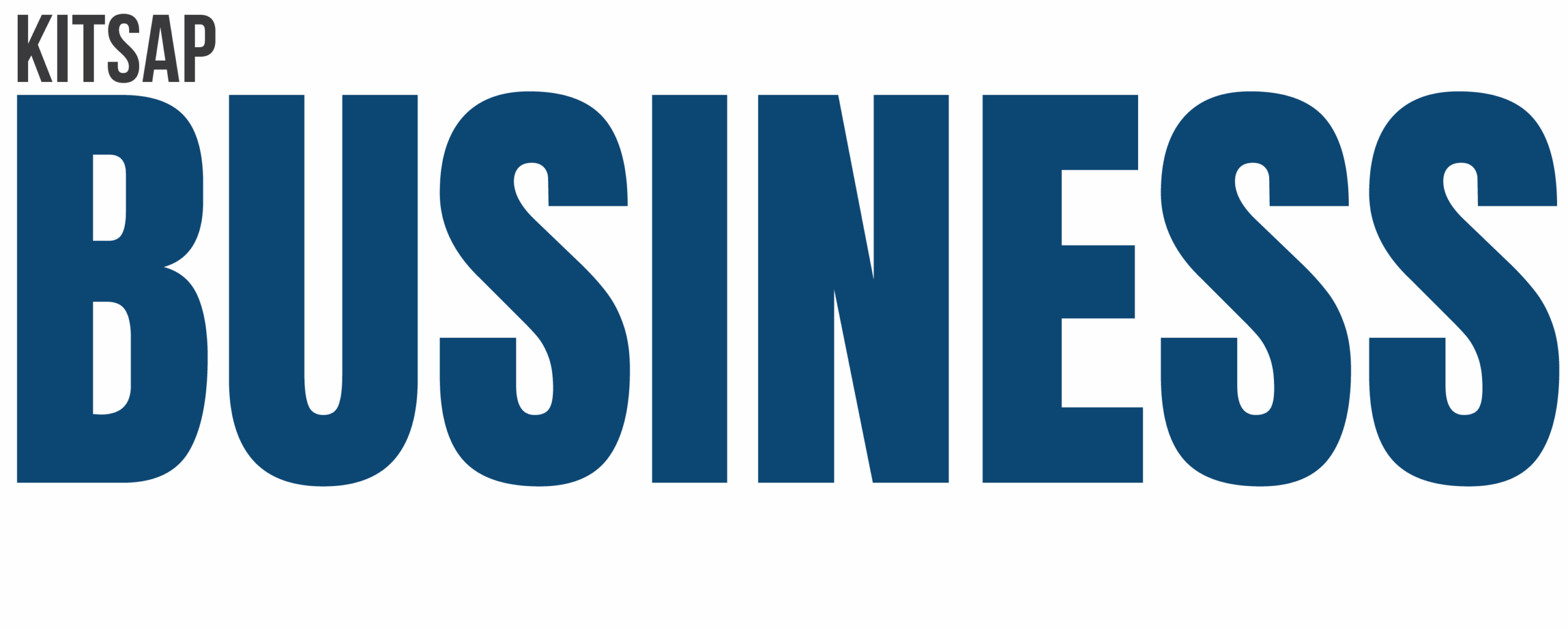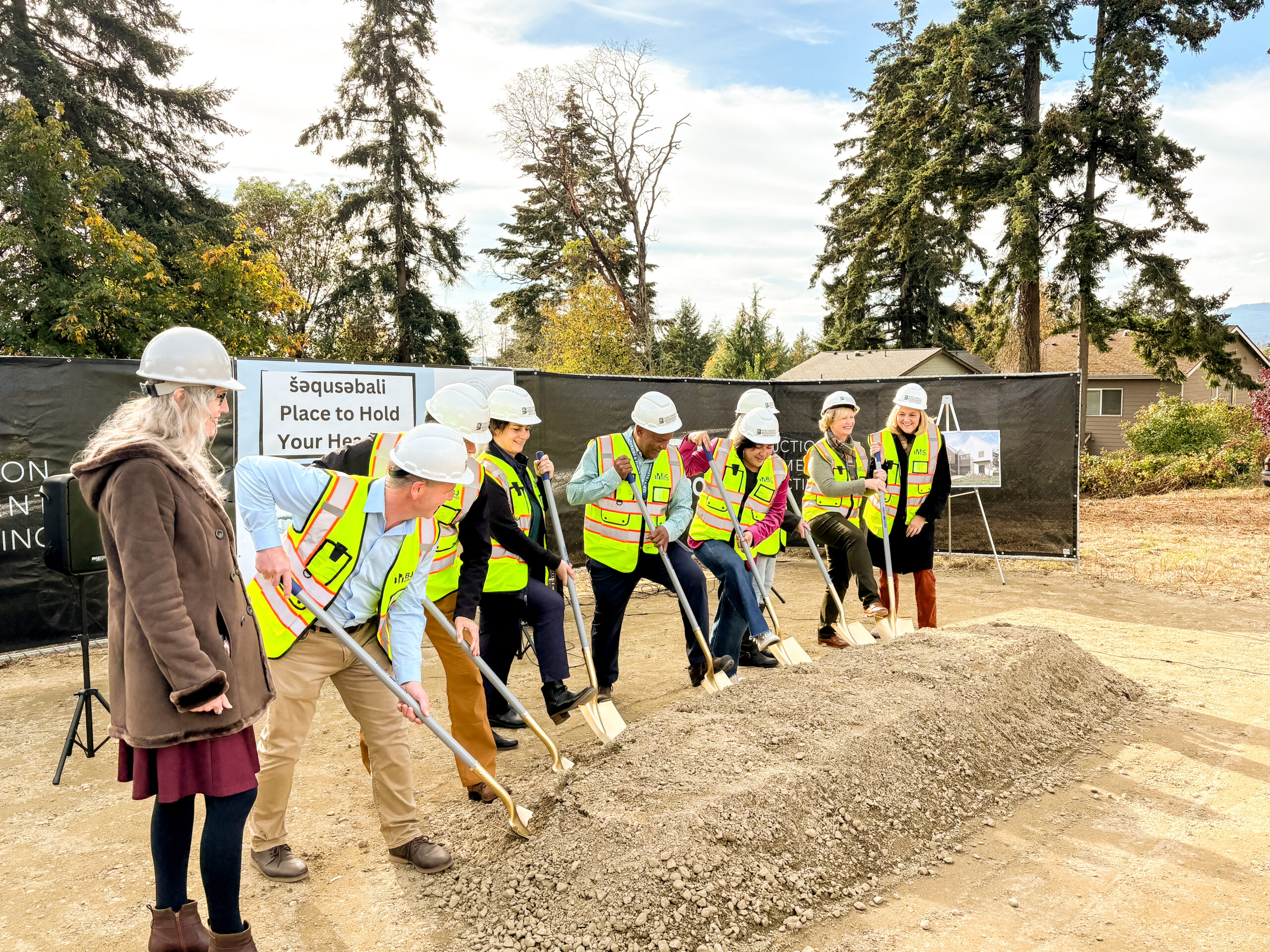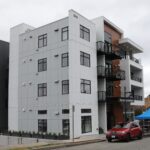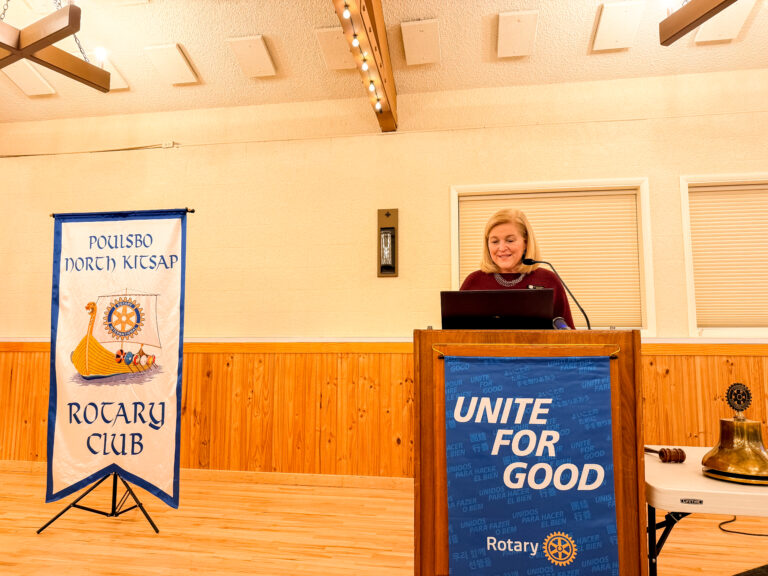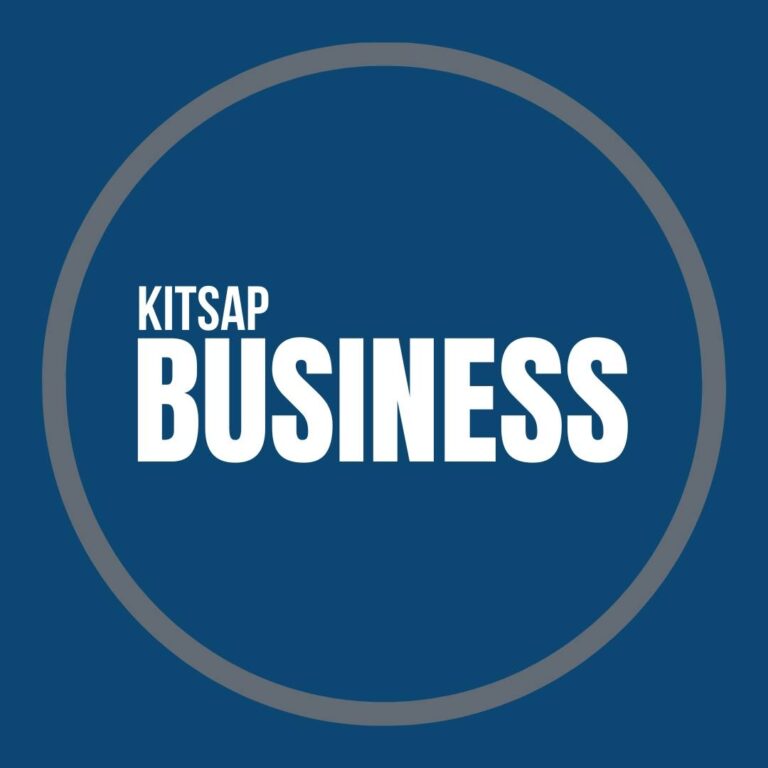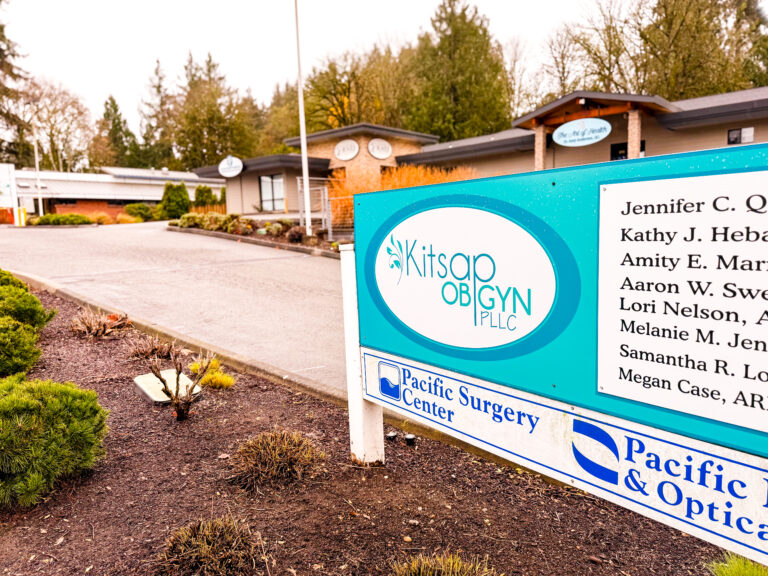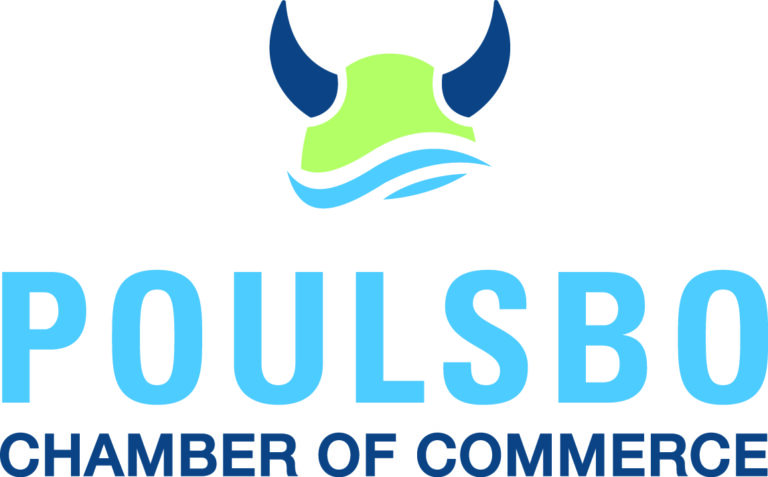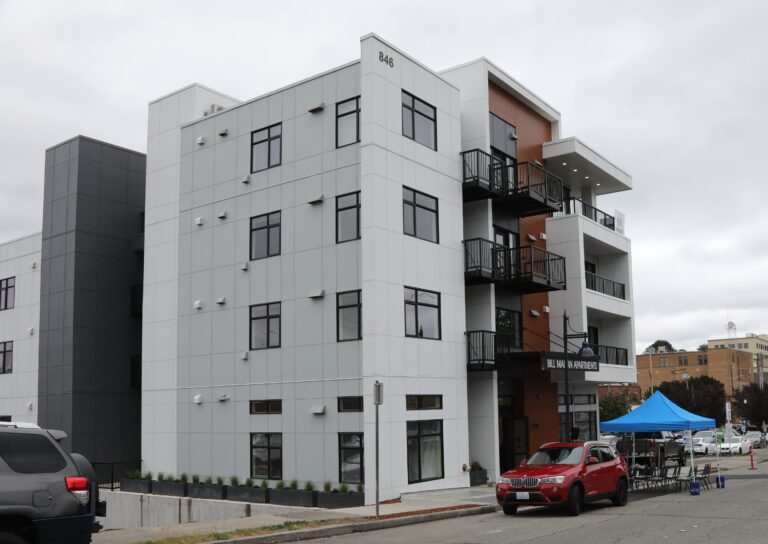Kitsap Community Resources at 60

For sixty years, Kitsap Community Resources (KCR) has quietly but powerfully shaped the social fabric of Kitsap County. As poverty, housing shortages, and economic uncertainty continue to challenge local families, KCR remains a steadfast advocate for hope, stability, and self-sufficiency. Today, under the leadership of Executive Director Anthony Ives, the organization stands as a model of what community action can achieve when unity and collaboration take center stage.
“The ultimate goal of community action is alleviating poverty,” Ives said, reflecting on KCR’s founding in 1965 amid President Johnson’s War on Poverty. “Clearly that hasn’t happened, right? I feel like we’re in 1965 all over again. But we don’t do it alone.”
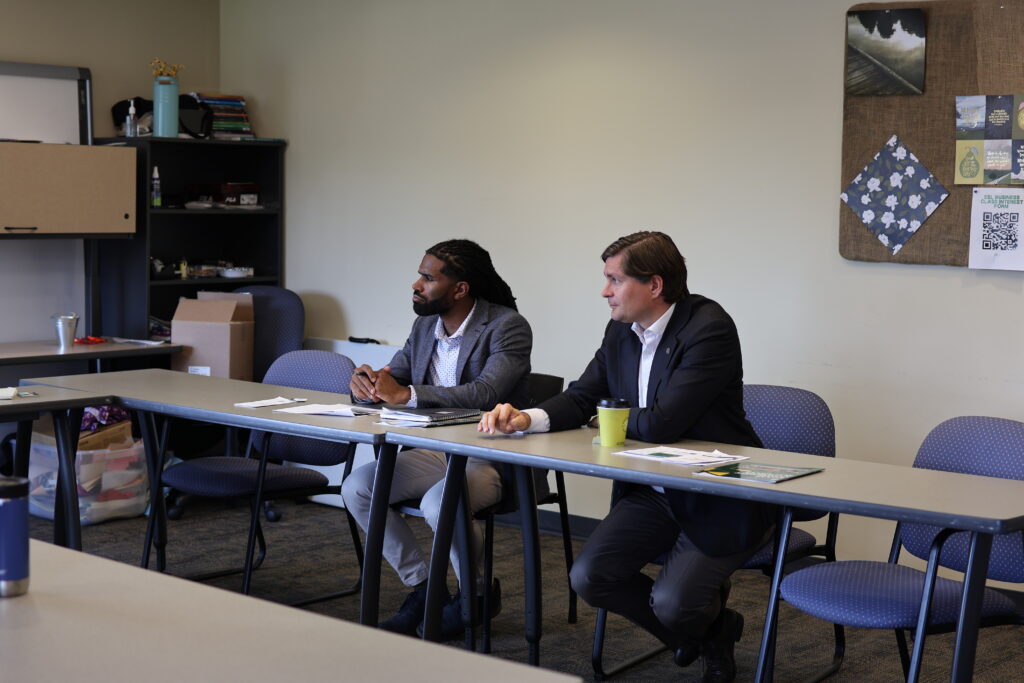
A Network Built on Collaboration
Community action is more than a local effort—it’s part of a nationwide movement.
“Here in Washington State, there’s a network of 30 community action agencies, including El Centro de la Raza, Pierce County Community Action in Tacoma, Neighborhood House in Seattle, and more. And across the United States, there are over 1,000,” Ives said.
That network allows KCR to share expertise, pilot programs, and innovate locally. The organization’s reach is immense, encompassing early learning through Head Start, weatherization and energy assistance, affordable housing navigation, asset-building programs, the Women, Infants, and Children (WIC) nutrition program, Meals on Wheels, and much more.
“We run the Housing Solutions Center; we’re the navigator for all referrals throughout Kitsap County,” Ives said. “And we work closely with partners countywide.”
Few people realize just how much happens behind KCR’s doors. “We do so much. We have a full-service kitchen downstairs—people don’t even realize the scale of our Meals on Wheels program,” Ives added.
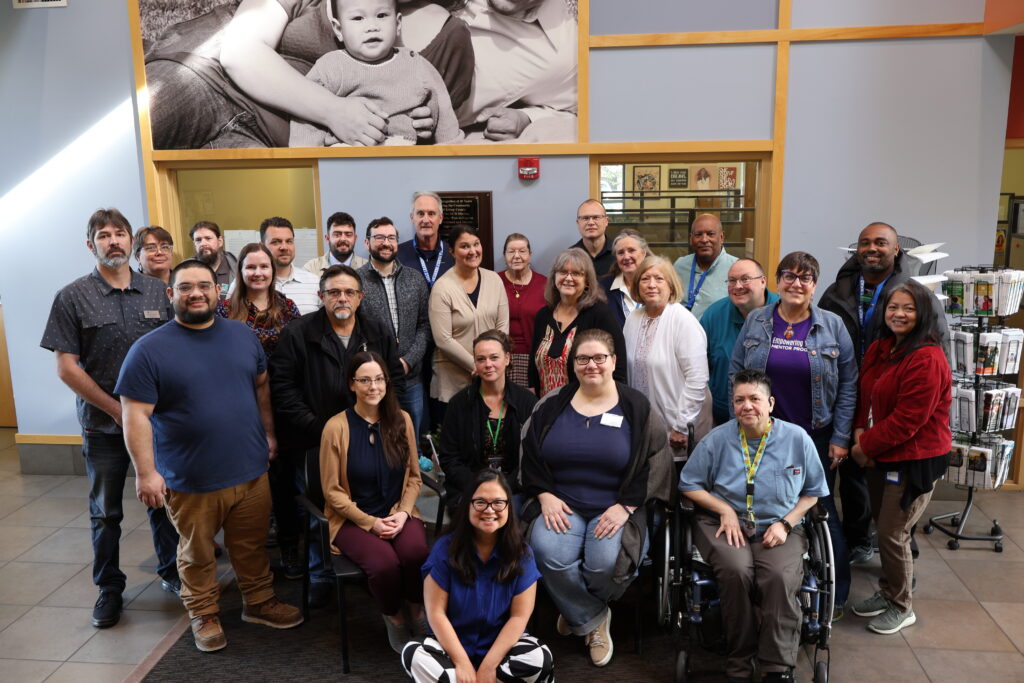
Responding in Real Time
KCR’s deep network of relationships allows the agency to respond rapidly to emerging needs. Ives cited the looming federal shutdown that threatened WIC funding.
“We convened a meeting with food banks, Kitsap Public Health, KCR, and a few others to develop a strategy—how to keep people supported if the program got shut down,” he said.
In September alone, KCR’s WIC clinics served more than 3,500 families, providing nearly 500 infants with formula.
“So we reached out to churches and community groups,” Ives said. “All of a sudden, everybody’s collecting diapers, formula, that kind of thing. We put out a united message—people can drop stuff off here or at food banks around the county.”
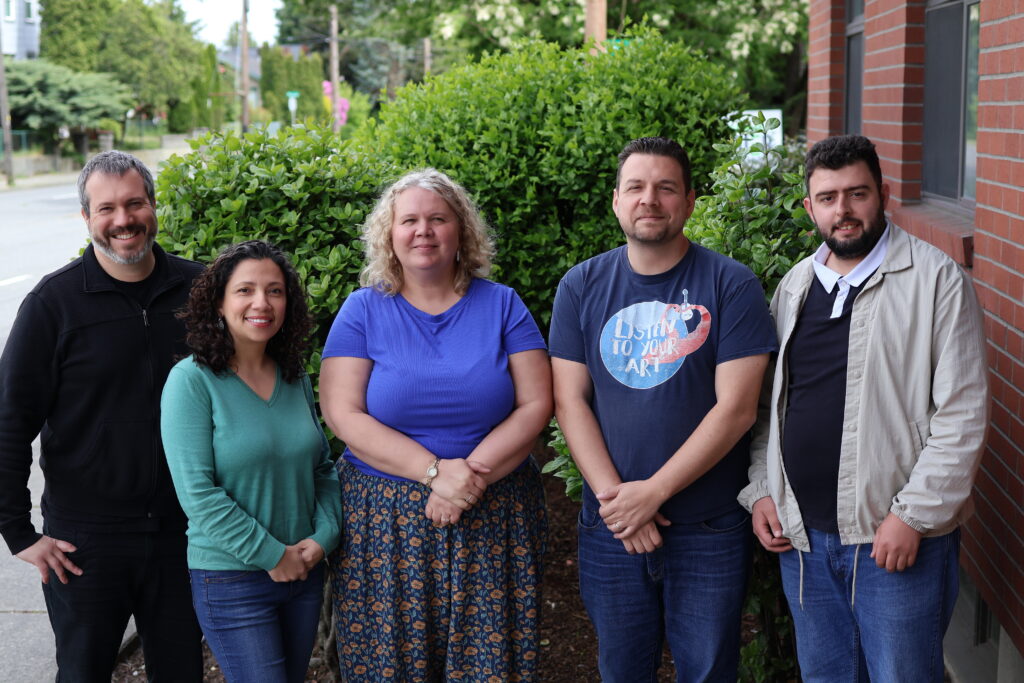
Tangible Community Impact
Over the past year, KCR’s collaborative projects have empowered hundreds. With a grant from the Department of Commerce, the agency administered $75,000 in scholarships, $600,000 in down payment assistance for first-time homebuyers, and over $200,000 in small business grants.
“Over the last seven months, the Department of Commerce gave us a unique opportunity to experiment with a program,” Ives said. “We hosted what we called a ‘shark tank’—ten businesses pitched their ideas right here at KCR, with Mayor Wheeler and Commissioner Root joining us. It was a lot of fun and had a tremendous impact. We hope to do more if funding comes back.”
KCR’s programs touch nearly every corner of the community. In 2024, the agency educated 288 children in early learning and Head Start, mentored 17 youth through the Empowering Youth Mentorship Program, served more than 100,000 meals, and provided shelter, transitional housing, or eviction support to over 2,500 people. Volunteer engagement and community generosity flourished, with over 500 donors supporting programs and the Christmas Angel initiative delivering gifts to more than 1,800 children.
“The biggest problem we have with housing is the lack of housing. It’s a simple supply and demand issue,” Ives said. “It affects everything—from homelessness to food insecurity.”

Data-Driven Action
KCR’s success also relies on understanding real, measurable community needs. Every three years, the agency conducts a Community Needs Assessment, a comprehensive, census-style study guiding its programs.
“When I came on about three and a half years ago, we hadn’t done one in a while,” Ives said. “We decided to try something different—treat it like the census.”
Partnering with Kitsap Public Health, United Way, the Kitsap Community Foundation, and others, KCR raised nearly $100,000 for the survey, which drew 4,300 responses—including input from unhoused residents and participants in multiple languages.
“The top needs were housing, access to information in multiple languages, healthcare, and transportation,” Ives said. “Kitsap Transit even used our raw data to adjust routes. The Department of Commerce told us other agencies in the state are now using our model. It’s pretty damn cool.”
This year, a new assessment launches in partnership with Kitsap Public Health and Virginia Mason Franciscan Health, continuing the organization’s data-driven approach.

Housing: The Foundational Challenge
Housing connects nearly every challenge KCR addresses.
“That’s why we helped convene the Kitsap County Affordable Housing Consortium in early 2024—a collaboration that began with a handful of nonprofit leaders and has since evolved into a countywide coalition representing 35 housing projects,” Ives said.
“It started as a task force. We had folks from the Housing Authority, St. Vincent de Paul, developers, banks, and nonprofits. By the end of 2022, we had a major project—Mills Crossing, a 36-unit affordable housing development. Commerce gave us $6.3 million, the county $2 million, and the Legislature another $2 million. It was the first step in doing quick, efficient, collaborative housing.”
That partnership now spans the continuum of care—from shelters and transitional housing to long-term affordability.
“We go to Olympia every year together,” Ives said. “I might advocate for another organization’s project because it’s all connected. We’re not competing; we’re collaborating.”
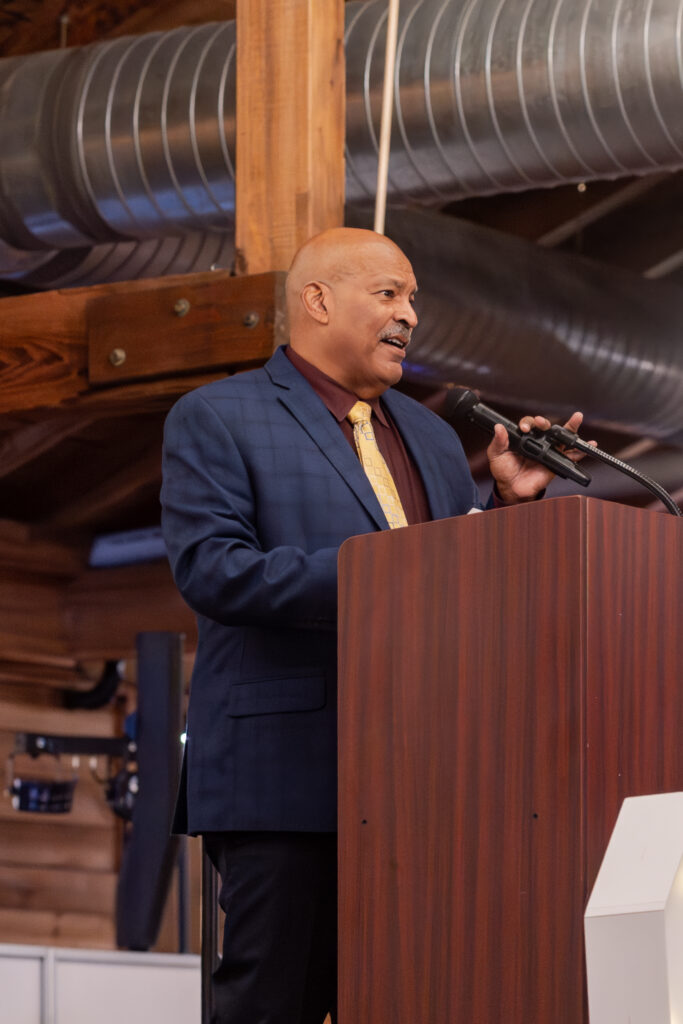
Innovation Through Integration
KCR’s willingness to adapt has caught the attention of state agencies. Recently, the Department of Health invited KCR to participate in a three-year pilot exploring the intersection of housing and health—one of only two agencies in Washington chosen.
“We’re literally helping design this project,” Ives said. “It’s about how shelter and healthcare interact, what we can measure, and how to use data to shape better outcomes. It’s exciting because it shows the state recognizes what we’re building here.”
Internally, KCR is modernizing. “Some of our programs, some of the ways we do things, we were stuck in the past,” Ives said. “Now we’re automating processes—digital time cards, online assistance applications, real-time data sharing. We have to evolve.”
People Power
Behind every program are people—staff, volunteers, and community members whose commitment sustains KCR’s mission.
“For people who help and work in nonprofits, you have to work to not get burnt out,” Ives said. “On the opposite side of that, when you have a success story—when you help someone—it feels great. It really does. It’s the kind of stuff that makes you cry and that you can be joyful about.”
Volunteer engagement has surged since the pandemic, and KCR now relies on volunteers for everything from food service to community events.
“Three years ago, we didn’t have a lot,” Ives said. “Now people want to be part of our mission.”
That sense of shared purpose runs deep. “Even when another organization faces a funding gap or needs a fiscal sponsor, we pitch in,” Ives said. “We’re proud that things like South Kitsap Helpline or Kitsap Legal Defense Fund started here.”
Looking Ahead
As KCR celebrates its 60th anniversary, the milestone is less about nostalgia and more about momentum.
“We’re going to highlight stories of people who grew up at KCR, like those who came through our Head Start program and now give back,” Ives said. “Even rescued food from grocery stores finds new life in our senior meal programs. It all connects.”
For Ives, the message is simple but powerful:
“We’re Community Action. We do this all together, as a network, not in a vacuum. Four years ago, I had no idea what community action was. Now, I see it’s about sustainable development, and I feel we’re moving in the right direction—as an organization and as a community.”
Asked how others can help, Ives doesn’t hesitate:
“Get involved, be aware, volunteer. For us, participation and awareness are key. When the needs assessment comes out, be part of it. And vote.”
At its core, KCR’s mission remains humble but profound.
“We can’t solve homelessness alone. Nobody can,” Ives said. “It’s a housing crisis because there simply isn’t enough supply. But you can make a dent, and that’s worth everything.”
Every shelter bed, every job training, every meal delivered, every diaper drive or community survey—that’s the work of progress.
“We don’t care whose name goes in the paper,” Ives said. “If we can help solve these challenges—if we can make a difference—we’re all in. Onward, forward.”
For more information, visit kcr.org.
Keep in touch with our news & offers
Subscribe to Our Newsletter
Thank you for subscribing to the newsletter.
Oops. Something went wrong. Please try again later.
